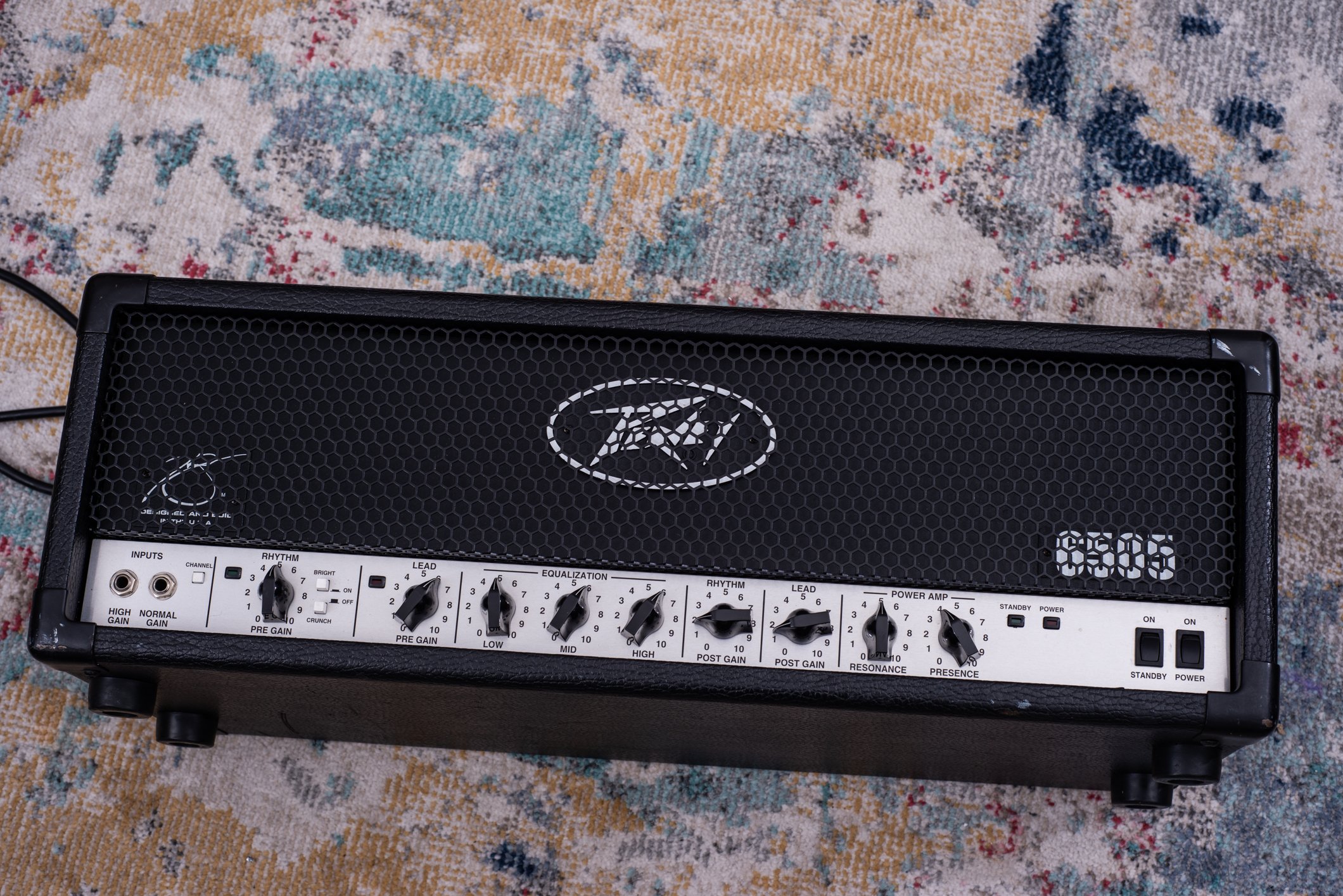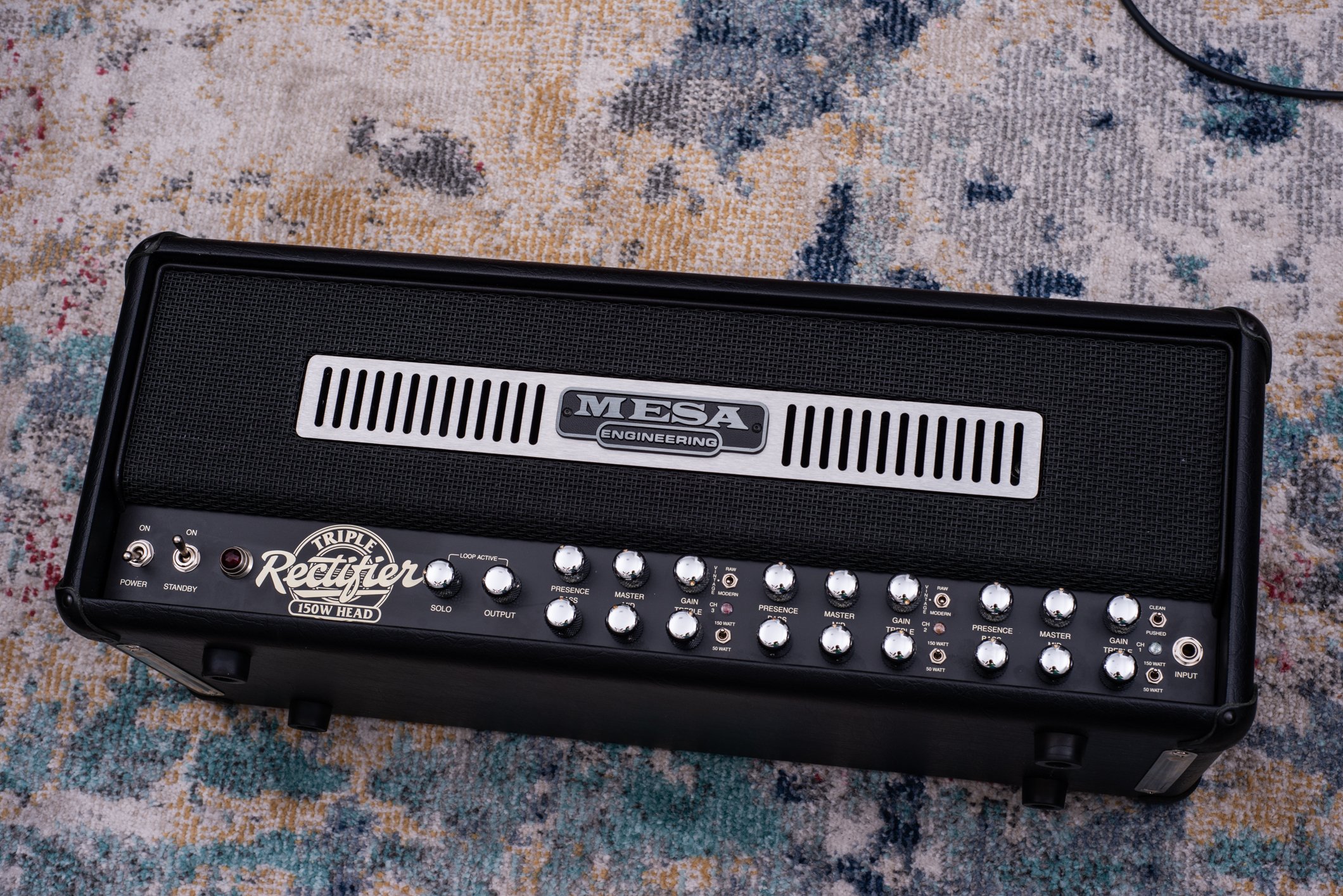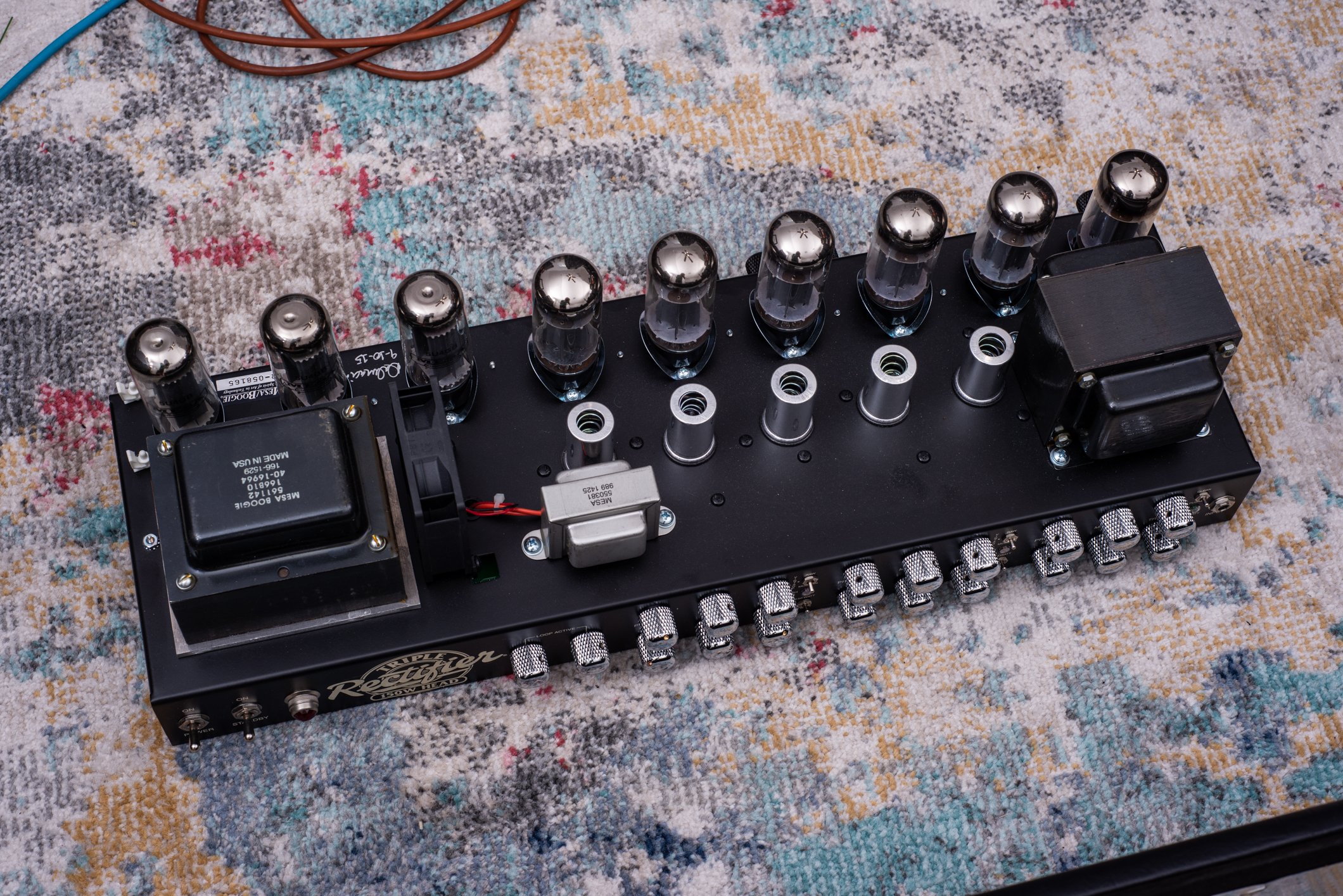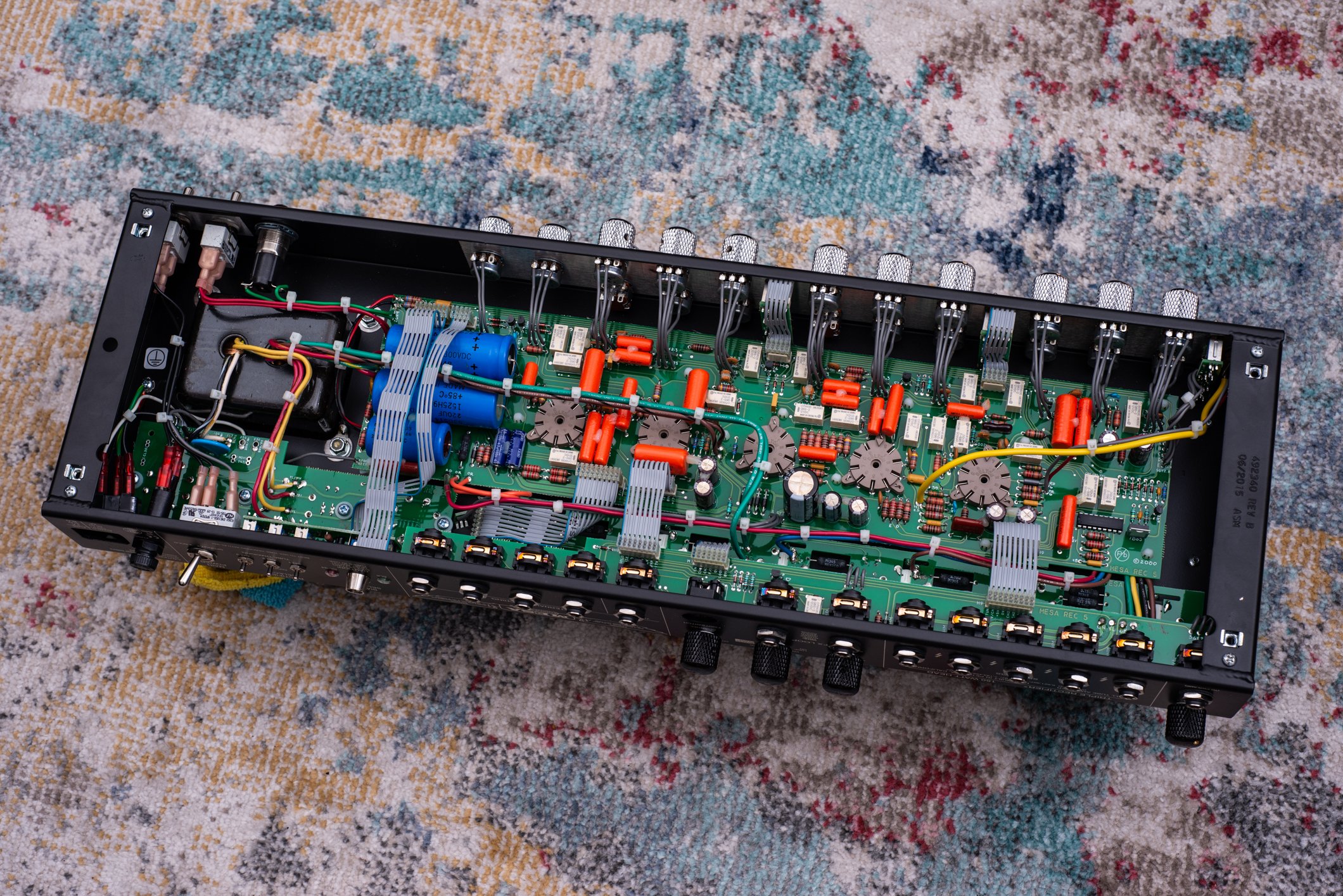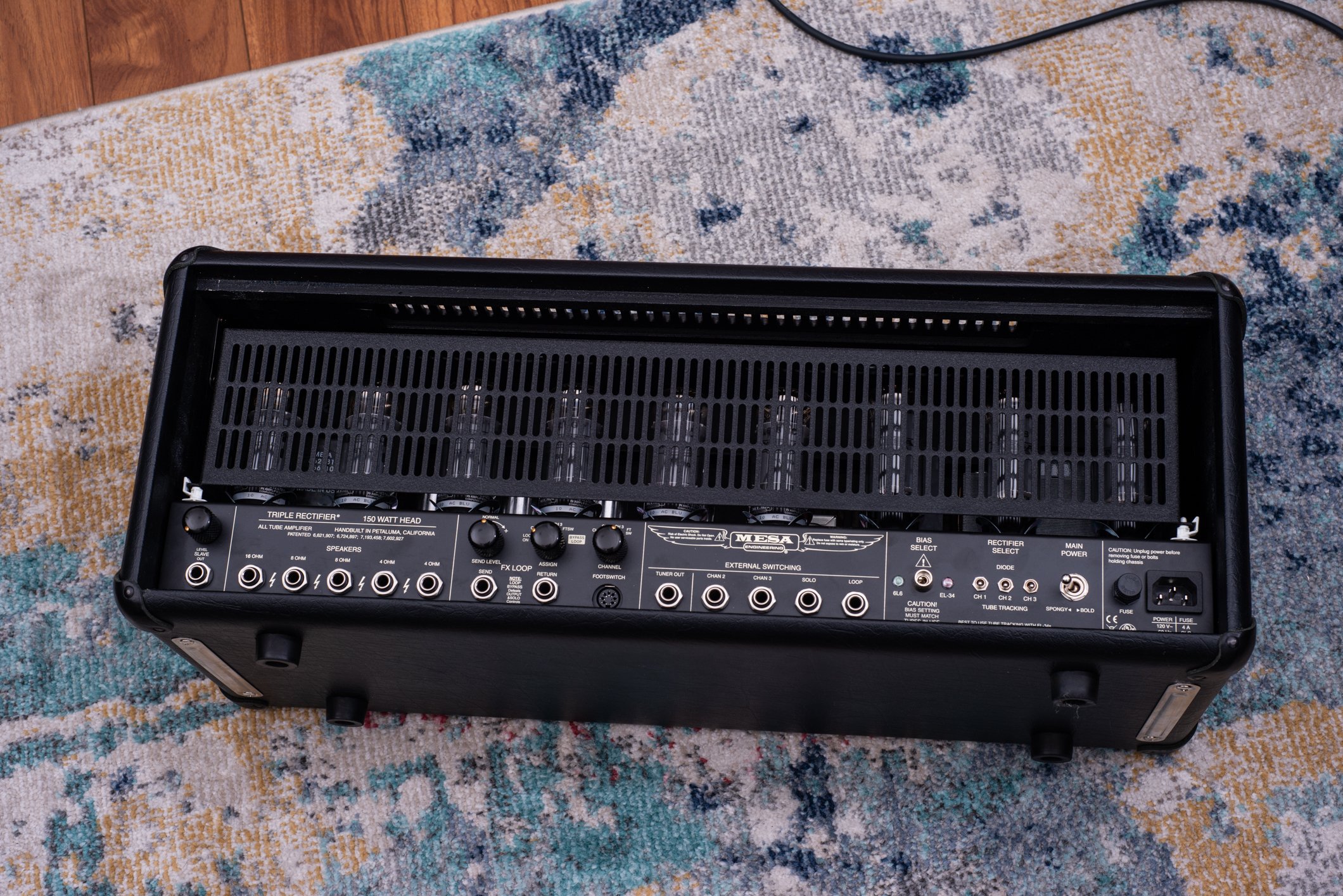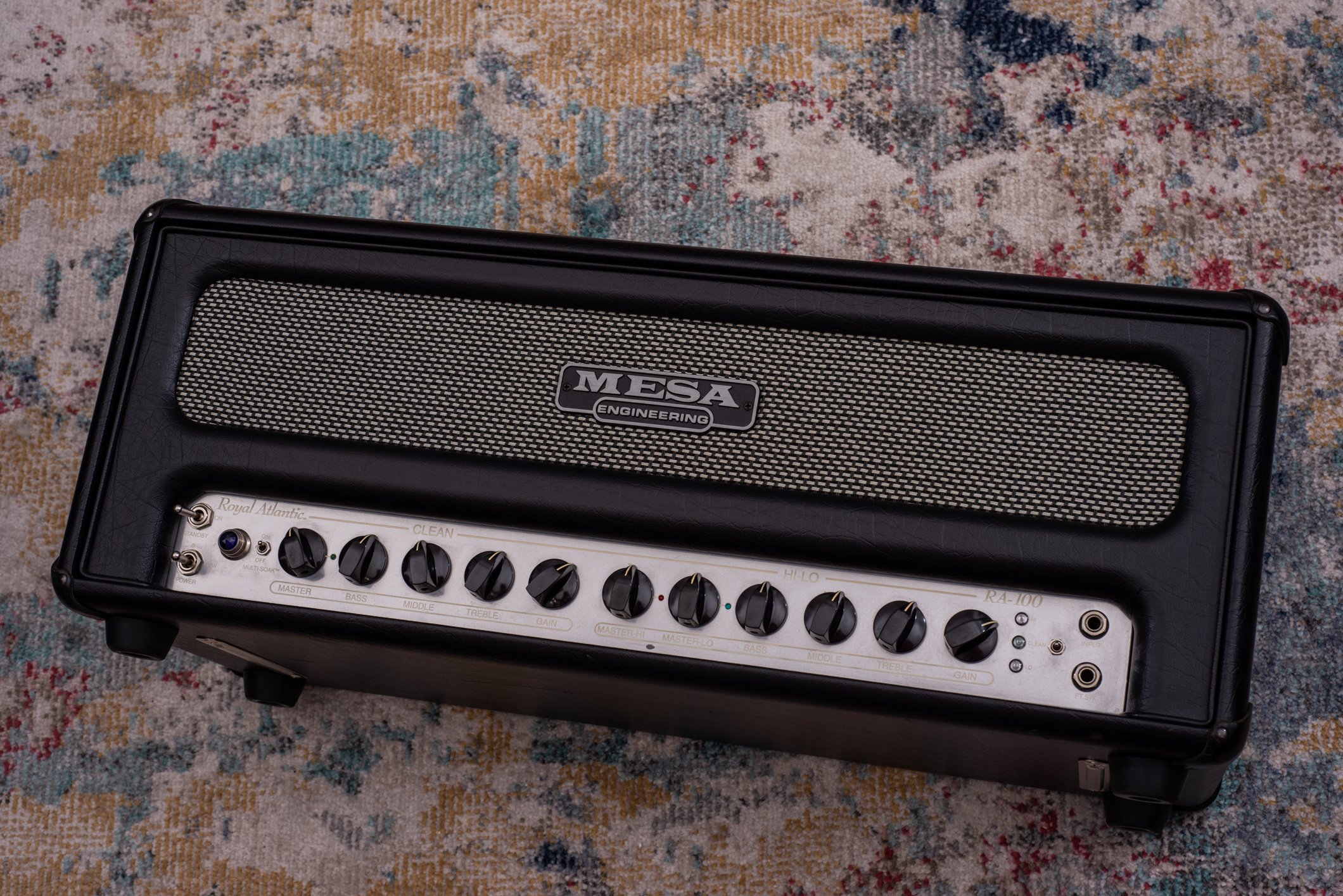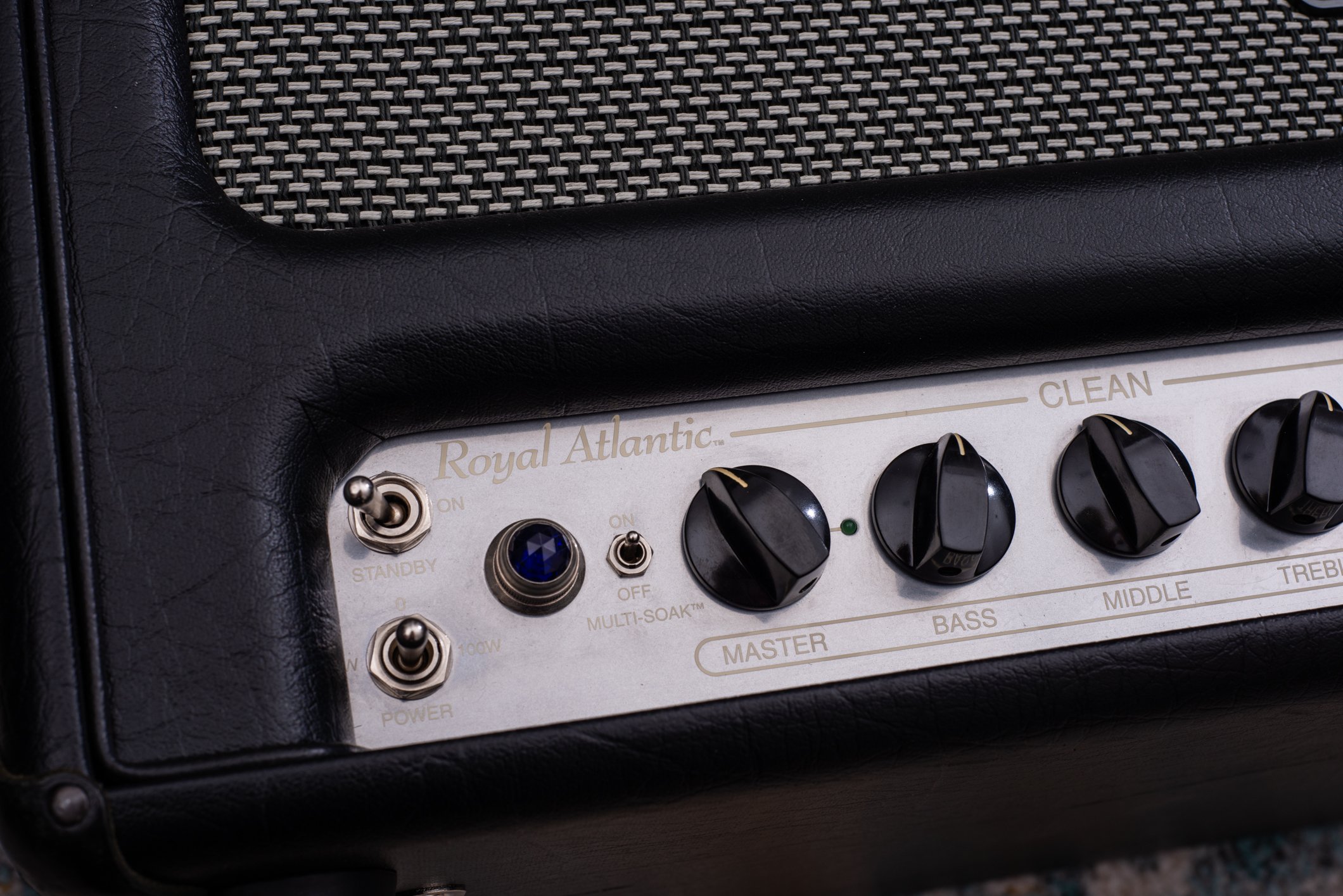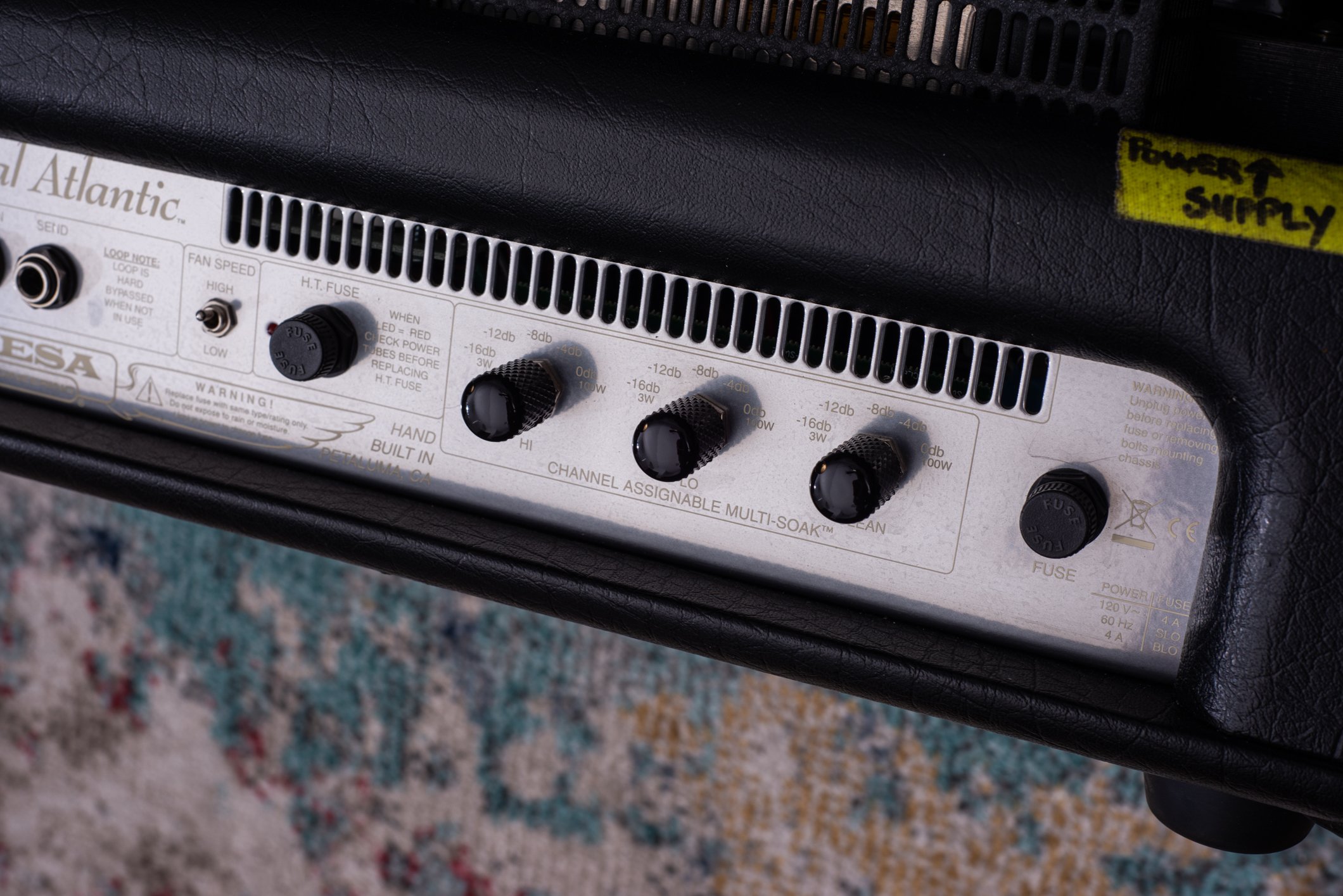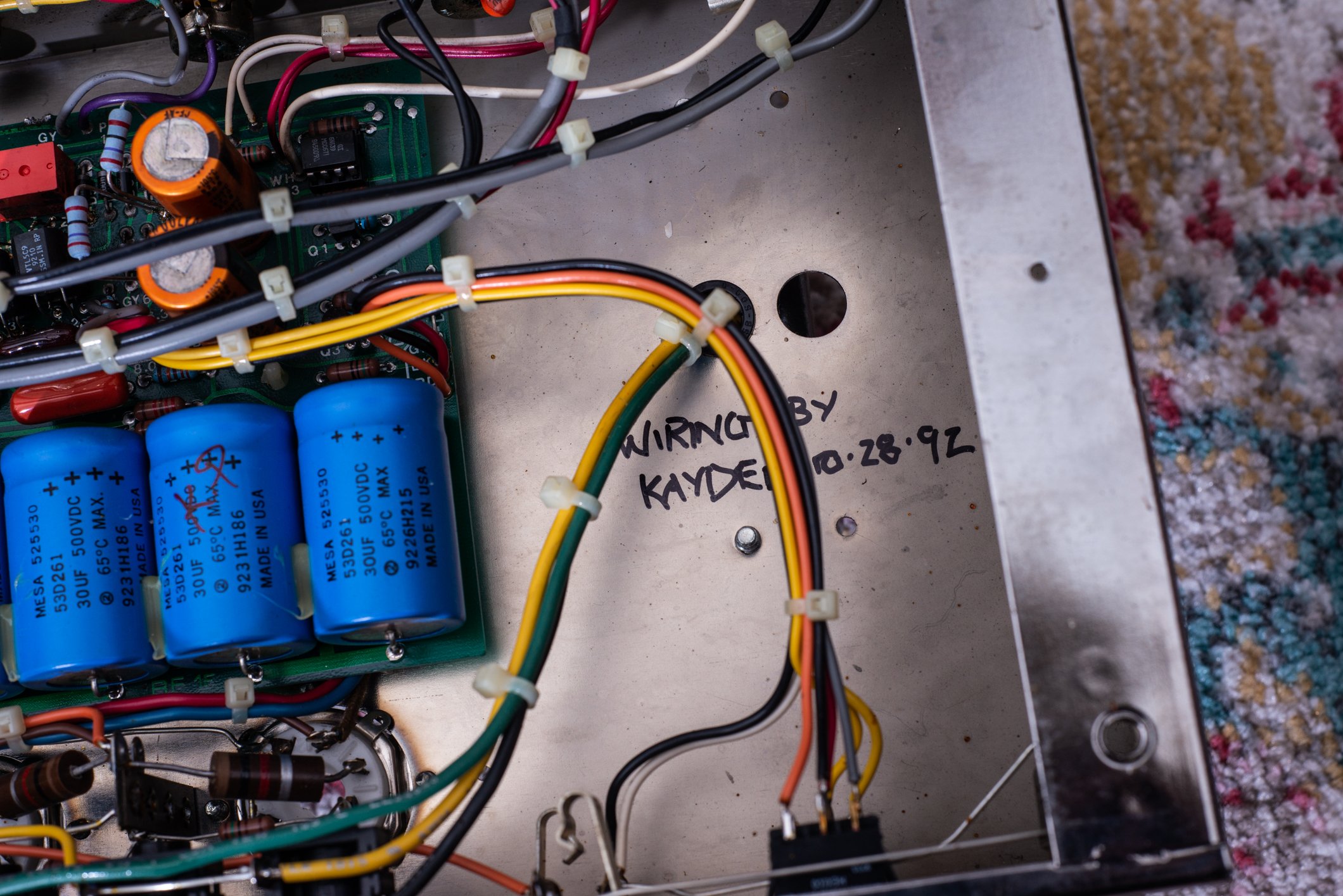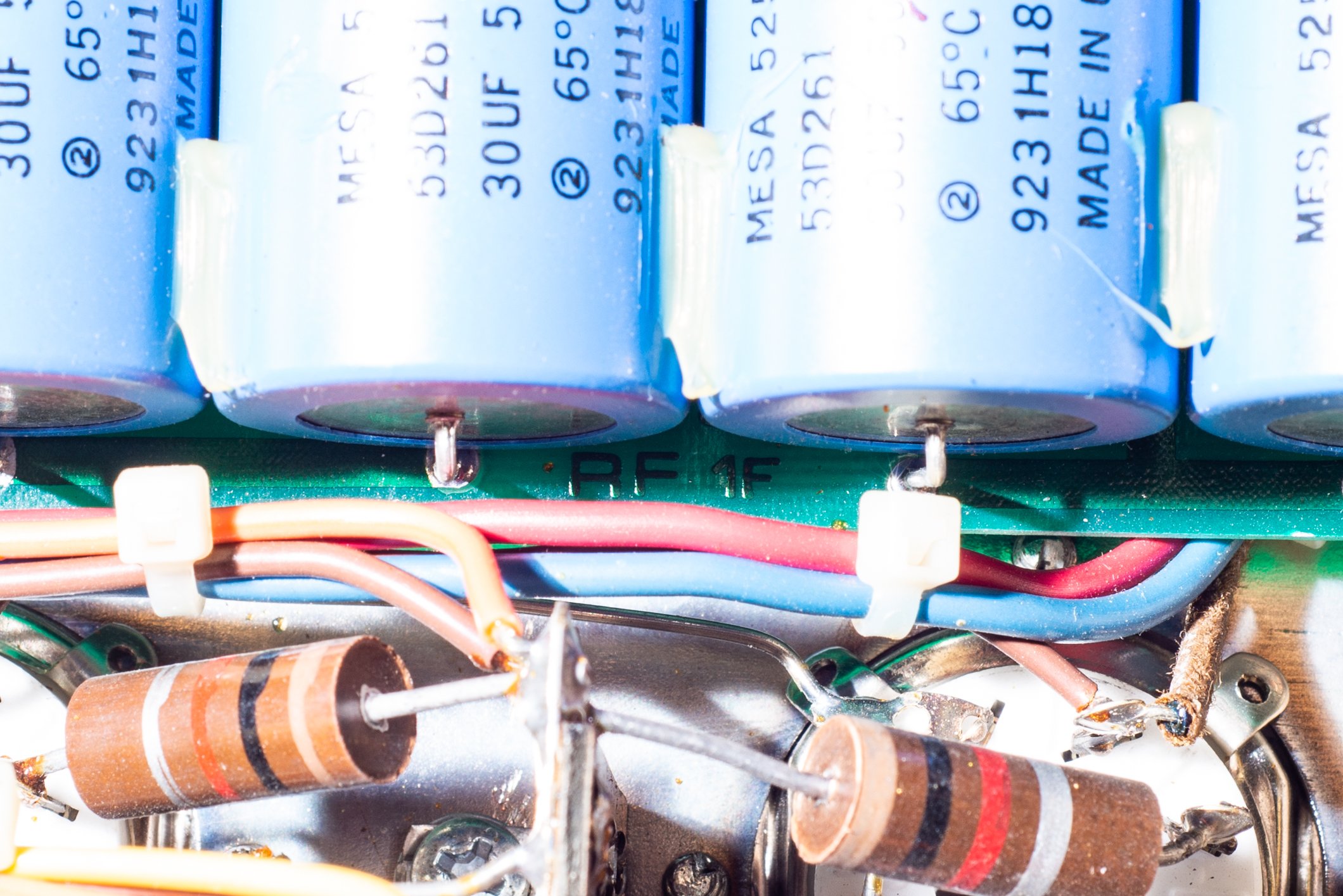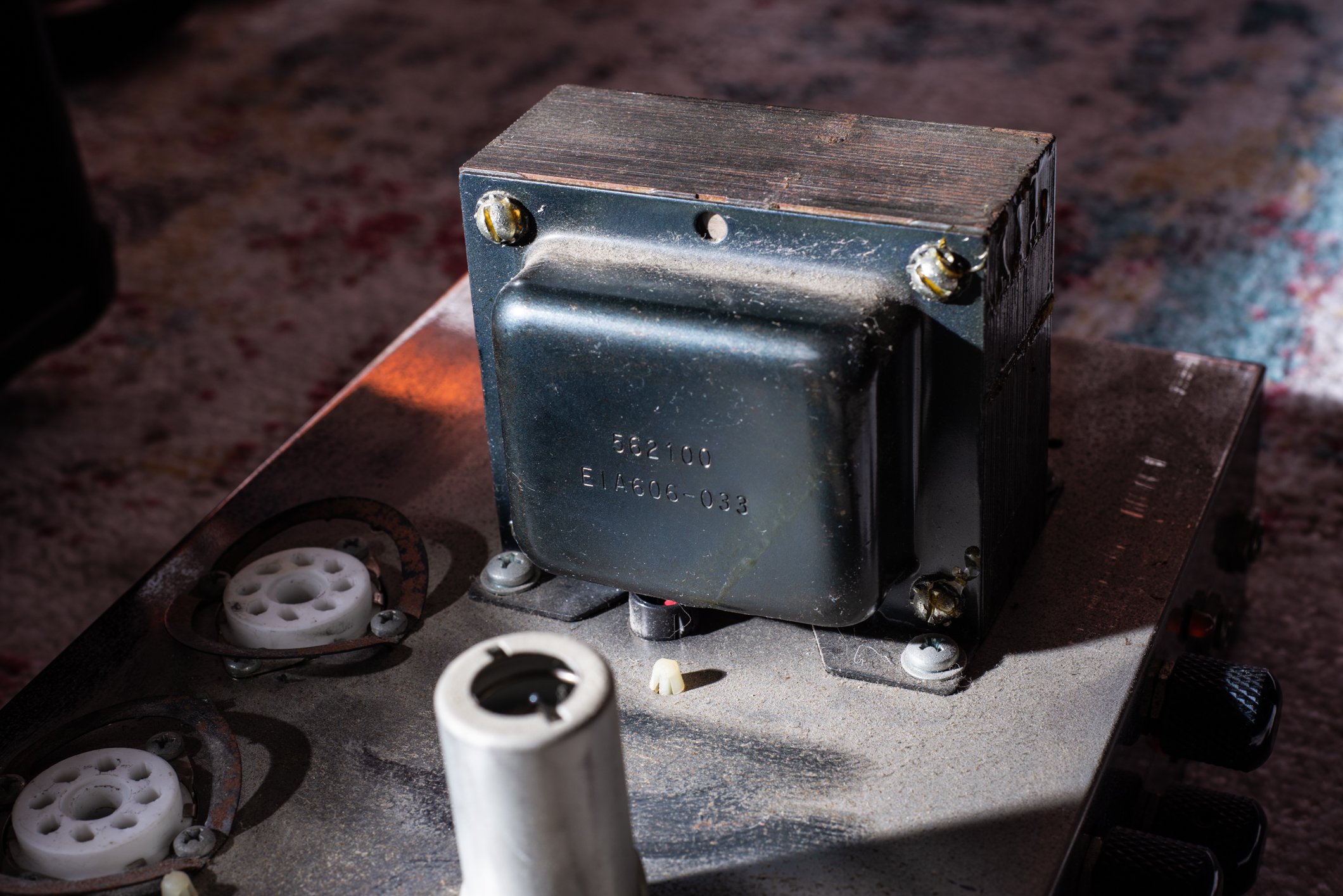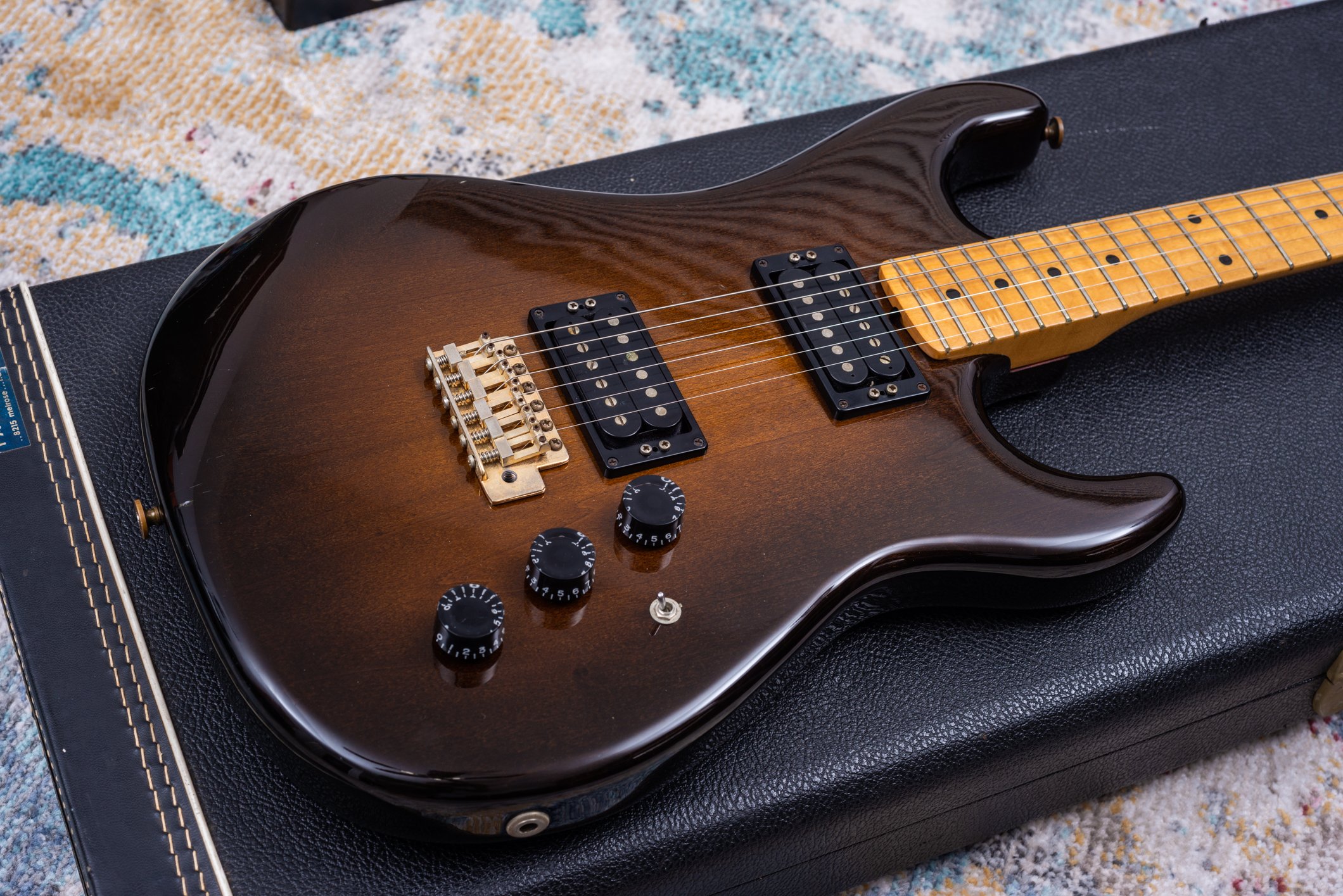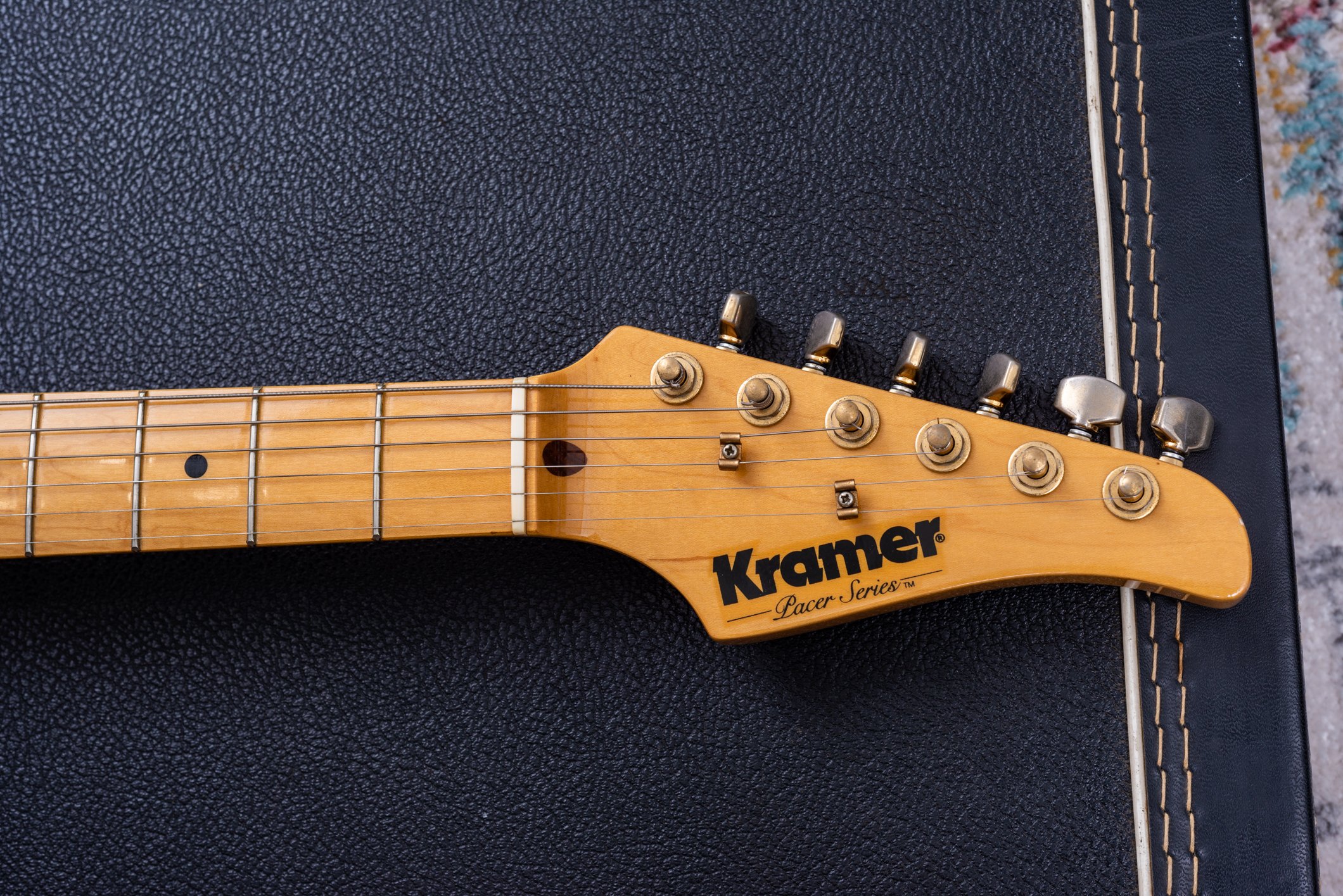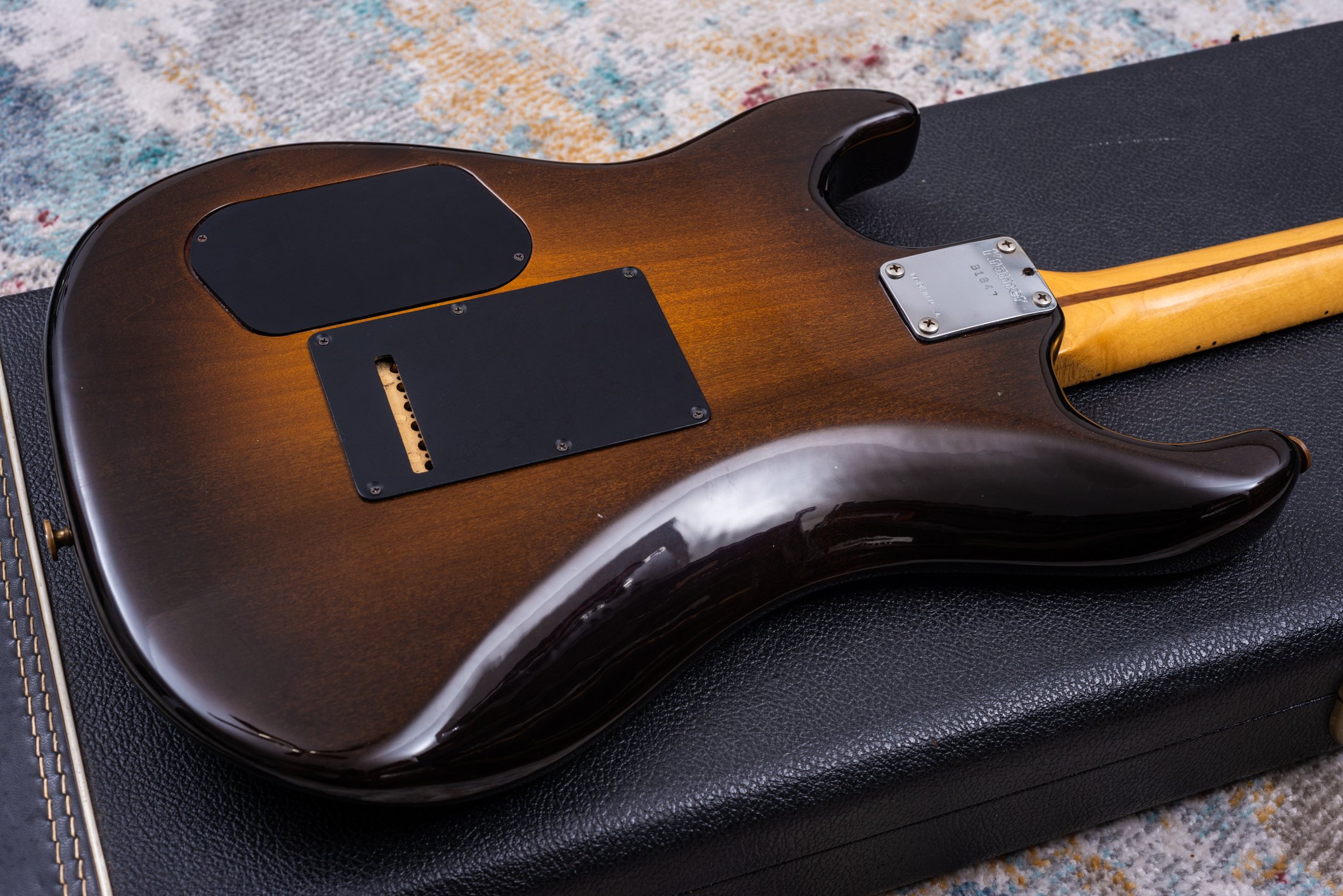I remember when these were all the rage for a little while, but I never got one when they were popular. This one popped up for sale at a good price and in superb condition (including the frequently damaged metal front panel).
It’s a 3 channel amp, made in Germany, and definitely geared towards high gain tones. That said, I find the clean channel to be very snappy and elastic feeling too, so it’s no slouch when it comes to versatility. Channels 2 and 3 can get plenty gainy, although they do have a slightly loose feel in the low end and can get dangerously flubby if you aren’t careful with the EQ, but bringing in a boost helps keep the saturation with a tighter feel if you prefer that. Each channel also has a switch, bright on the clean, and notch on channels 2 and 3. The notch function is more of a novelty function to me - it is far, far too scooped, to the point where it lacks all punch - but I think it might be useful for double or quad tracking, or maybe paired with another amp set to a more mids-forward tone.
There are a few odd quirks about this amp. The easy one is the effects mix control - even without any effects or cables plugged in, this has a noticeable effect on the volume of the amp and to some degree, the tone as well. Setting the mix right in the middle is the loudest and punchiest, and turned to either end makes the amp a little quieter, although that means you can turn the master up to compensate and I feel the tone is still nearly the same - at least, on my amp, I’d need to reamp some a/b clips to hear the difference. This might be more of a pain if using the amp with effects, but playing the amp dry it’s set-and-forget.
The next quirk is that the EQ on this amp uses a very non-traditional configuration. It’s commonly called a “Baxandall” EQ online, but technically that requires an active EQ section which this amp does not have. Instead, it is a “James” type EQ. This type of EQ is popular in hi-fi amplifiers, and some older Ampeg, Sunn, and Orange amps use a similar EQ arrangement which contributes to those signature sounds. Frequently, this design only has a Treble and Bass control, but this amp does have the appearance of a traditional amp with a middle control as well. Basically, this EQ arrangement provides a much wider “Q,” or range of frequencies affected by the control, while reducing the interactivity between them. The mid control of course steps on the frequencies of the other two controls a bit, but just from my first few days with this amp I can already tell there are some great sounds to be had with very strange looking EQ settings.
Note that this unique EQ design is only used on the Crunch and Lead channels. The Clean channel uses a more traditional Fender-style EQ design.


